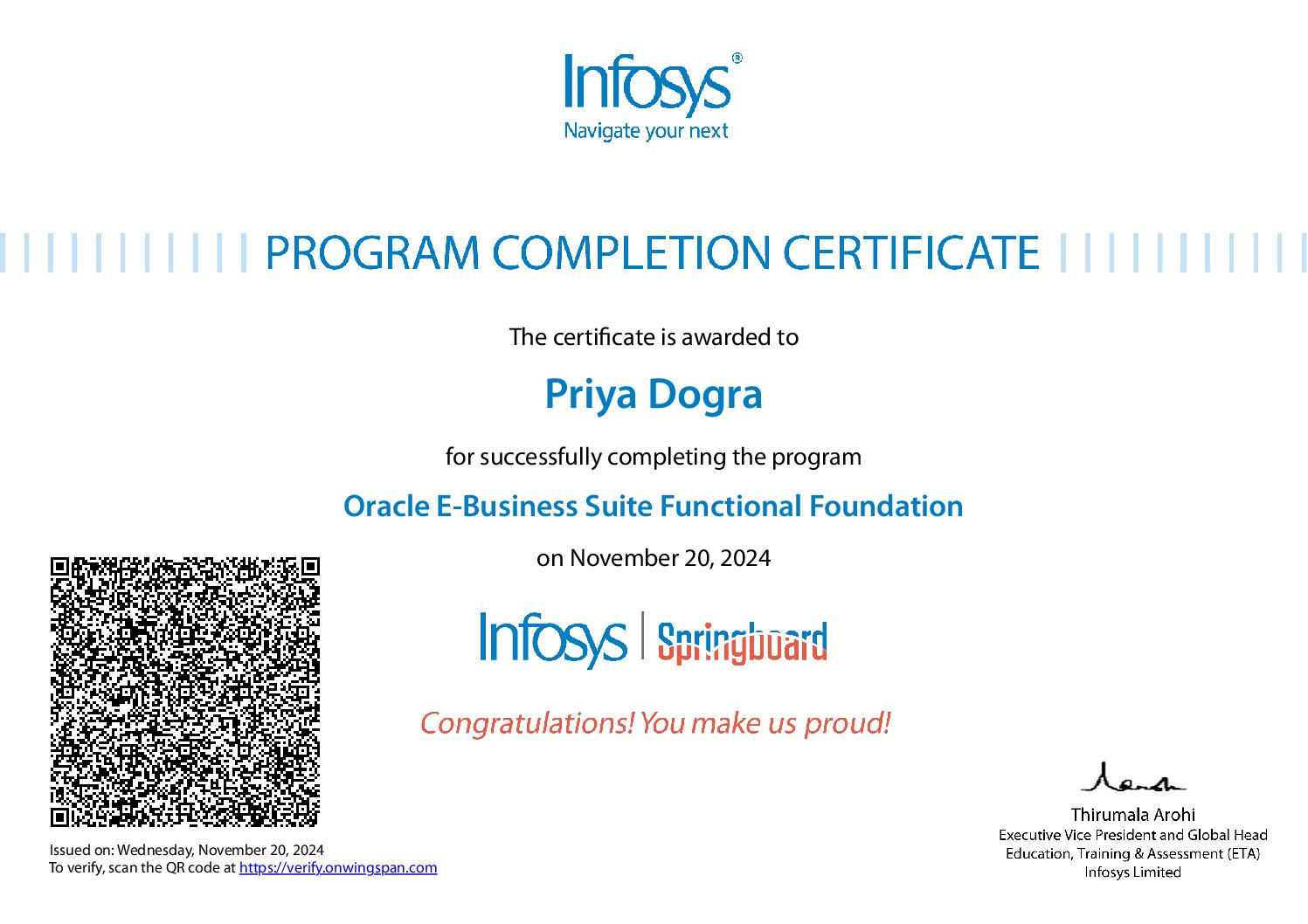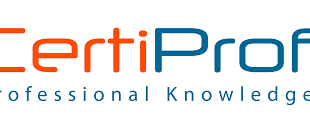Modern human resource management practices have evolved to streamline the recruitment and selection process, leveraging technology and adopting innovative approaches. Here’s an overview of the modern recruitment and selection process in human resource management:
- Workforce Planning: Human resource (HR) professionals collaborate with key stakeholders to understand the organization’s current and future talent needs. This involves analyzing the organization’s goals, forecasting workforce requirements, and identifying skills gaps.
- Job Analysis and Job Description: HR conducts a thorough job analysis to determine the key responsibilities, skills, qualifications, and competencies required for a specific role. This information is used to create a comprehensive job description that attracts suitable candidates.
- Employer Branding: Organizations focus on building a positive employer brand to attract top talent. They highlight their unique culture, values, employee benefits, and career growth opportunities through various channels, such as social media, career websites, and employee testimonials.
- Sourcing Candidates: Modern HR practices employ a range of sourcing techniques to reach a diverse pool of candidates. These techniques include internal referrals, online job portals, professional networking platforms (e.g., LinkedIn), talent acquisition software, and partnerships with recruitment agencies.
- Screening and Shortlisting: Once applications are received, HR uses various screening methods, such as resume reviews, pre-employment assessments, and video interviews, to shortlist candidates who meet the job requirements and organizational fit.
- Interviewing: HR utilizes different interview formats, such as structured, behavioral, or panel interviews, to evaluate candidates’ skills, experience, and cultural fit. Interviewers may include HR professionals, hiring managers, and potential team members.
- Assessments and Testing: Depending on the role, HR may administer additional assessments or tests to assess candidates’ aptitude, cognitive abilities, personality traits, or specific skills relevant to the job.
- Background Checks and References: To verify candidates’ qualifications and employment history, HR conducts background checks, including education and employment verification, criminal records checks, and reference checks.
- Decision-Making: After evaluating all candidates, HR collaborates with the hiring manager or a selection committee to make the final selection decision. This may involve considering interview feedback, assessment results, reference checks, and overall fit with the organization.
- Job Offer and Onboarding: Once a candidate is selected, HR extends a job offer, negotiates terms and conditions, and manages the onboarding process. This includes completing paperwork, facilitating orientation programs, and ensuring a smooth transition into the organization.
Throughout the recruitment and selection process, HR professionals maintain compliance with labor laws, data protection regulations, and diversity and inclusion initiatives to ensure fairness and equal opportunities for all candidates. Additionally, technology plays a crucial role in automating administrative tasks, managing applicant data, and enhancing the efficiency of the process.
Certification:
Get Modern Human Resource Management – Recruitment and Selection Process Certificate from The Digital Adda which you can share in the Certifications section of your LinkedIn profile, on printed resumes, CVs, or other documents.
Question 1: Which of the following are types of incentive pay systems? Choose two.
- Commissions
- Profit sharing
- Holiday pay
- Time management
Question 2: What can be included in incentive pay systems? Choose two.
- Retirement plan
- Points factor
- Commissions
- Stock options
Question 3: What would a competency-based analysis include?
- Decision making and problem solving ability
- Multicultural and diverse workforce
- Demographics based on job specifics
- Utilize data analysis tools
Question 4: What type of sources should be used for candidate recruitment? Choose two.
- Social media
- Professional groups
- Job evaluations
- Communications
Question 5: What does expectancy theory refer to?
- Employees evaluate their compensation by comparing it to others
- Employment practices that have a discriminatory effect
- What other people in similar organizations are being paid
- Employees put in as much work as they expect to recieve
Question 6: What does job design refer to?
- Workplace orientation can increase productivity
- A job that enables equal employment opportunity
- The physical demands of the job
- How a job can be modified to be more effective
Question 7: Why do companies use to help combat the immense number of résumés they may receive for jobs?
- Software that searches for keywords
- Using referral methods
- Recruitment plan
- External recruiters
Question 8: What are the different types of job classification system? Choose two.
- Broadbanding
- Equity theory
- Hay-profile method
- Points-factor
Question 9: What are the processes of setting the pay scale for specific jobs or types of jobs? Choose two.
- Pay grade scale
- Competency based pay
- Job evaluation
- Management fit embodiment
Question 10: Which of the following will managers refer to when developing a recruitment strategy? Choose two.
- Skills development
- Staffing plan
- Worker protection
- Job description and specifications
 Priya Dogra – Certification | Jobs | Internships
Priya Dogra – Certification | Jobs | Internships



